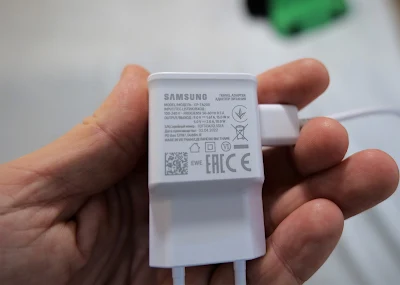Comparing Smartphone Charging Technologies: Fast Charging vs. Regular Charging
Fast Charging Technologies - A Closer Look at Standards
As smartphones have become an integral part of our daily lives, the demand for efficient charging technologies has grown exponentially. In this article, we delve into the world of smartphone charging technologies, comparing the two primary methods: fast charging and regular charging.
By understanding the benefits, drawbacks, and technological intricacies of each approach, users can make informed decisions about how to keep their devices powered up.
Fast Charging: Speed Meets Convenience
Fast charging has revolutionized how we recharge our smartphones. This technology prioritizes speed without compromising safety. Here's a closer look at its features:
- Rapid Energy Transfer: Fast charging employs higher voltage and current levels to deliver more power to the battery at a faster rate. This leads to significantly reduced charging times, allowing users to top up their devices quickly.
- Variety of Standards: There are multiple fast charging standards in the market, such as Qualcomm's Quick Charge, USB Power Delivery (USB PD), and proprietary solutions like Samsung's Adaptive Fast Charging. Each standard offers varying levels of power delivery and compatibility.
- Adaptive Algorithms: Modern smartphones equipped with fast charging capabilities often use intelligent algorithms to adjust the charging speed based on factors like battery health, temperature, and capacity. This helps prevent overheating and extends battery lifespan.
- Heat Management: Fast charging can generate more heat due to the higher power levels involved. Manufacturers implement advanced thermal management systems to ensure that the device remains within safe temperature limits during charging.
Samsung Warning: Unplug charger immediately
Regular Charging: Prioritizing Battery Health
While fast charging offers convenience, regular charging remains a reliable option for those who prioritize long-term battery health. Here's what sets regular charging apart:
- Gentler Charging Process: Regular charging utilizes standard voltage and current levels, providing a slower and more gentle charge to the battery. This approach minimizes heat generation and reduces the stress on the battery's internal components.
- Extended Battery Lifespan: The slower charging process of regular charging helps mitigate the chemical wear and tear that occurs within the battery over time. As a result, the battery retains its capacity for a longer period, which is particularly beneficial for users who plan to keep their devices for several years.
- Universal Compatibility: Unlike fast charging, regular charging is not tied to specific proprietary standards. It works with a wide range of chargers, making it convenient for users who switch between devices and chargers frequently.
- Safety Emphasis: Regular charging prioritizes safety over speed, reducing the risk of overheating, swelling, or other battery-related issues that can occur with rapid charging.
Making the Right Choice: Factors to Consider
When choosing between fast charging and regular charging, consider the following factors:
- Usage Patterns: If you often need a quick charge before heading out, fast charging might be your preferred option. For more relaxed charging scenarios, regular charging could better suit your needs.
- Device Longevity: If you plan to keep your smartphone for an extended period, regular charging could help preserve the battery's health and capacity.
- Battery Replacement Costs: Fast charging can accelerate battery degradation over time, potentially leading to earlier replacement costs. Regular charging could offset this expense by extending battery life.
How to resolve "Application Error: A Client-Side Exception Has Occurred"
Conclusion
In the realm of smartphone charging technologies, both fast charging and regular charging have their merits. Fast charging offers convenience and speed, while regular charging prioritizes battery health and longevity. Users must weigh the benefits and drawbacks of each approach to determine which aligns best with their individual needs and preferences.
By understanding these technologies, you can make an informed decision that ensures your smartphone remains powered up and functional for years to come.





Comments